Another month, another new Xiaomi smartphone. And this time its the trio of the Redmi 6 lineup, lead by the most expensive Redmi 6 Pro which starts at Rs 10,999 for the 3GB RAM and 32GB storage variant. Xiaomi has followed up its budget Redmi series with the inclusion of a large display with a notch, a bumped-up mid-range Processor and dual read cameras.
But would all of that be enough for the Redmi 6 Pro to match up with the current line of budget smartphones that includes the likes of the Realme 2 and Asus Zenfone Max Pro M1, both of which come at the same Rs 11,000 price tag? Will this year’s Redmi line live up to the trends that the users in India yearn for or is Xiaomi inflating its smartphone catalogue to keep its customers perplexed?
Design & Build:
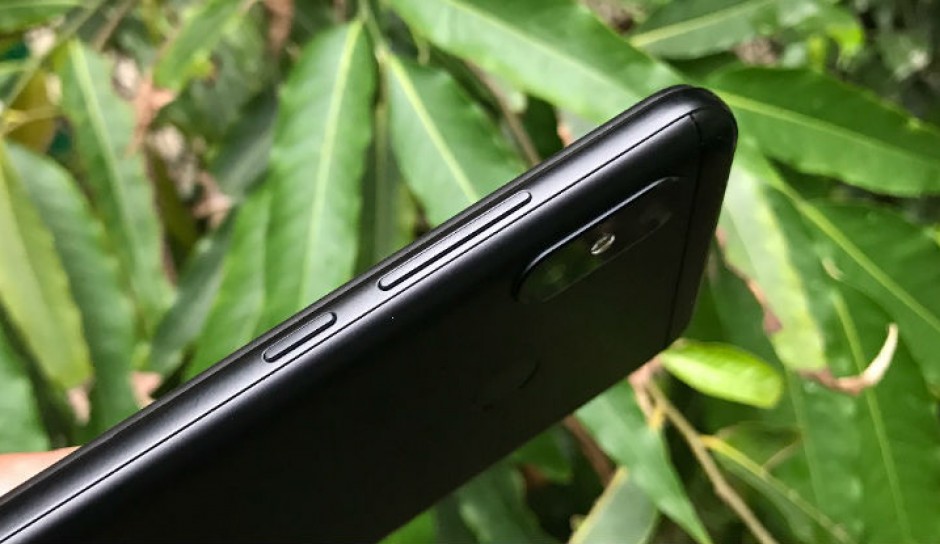
Xiaomi is sticking with its standard metallic design that we saw on the older Note 5 Pro smartphone. The back panel made of matte metal which is smooth and there are gentle curves along the edges of the phone. There’s a camera bump at the back and there’s a possibility it’ll leave the camera glass exposed to scratches, not to forget the awkward inclination at which the phone will rest when placed on a flat surface.
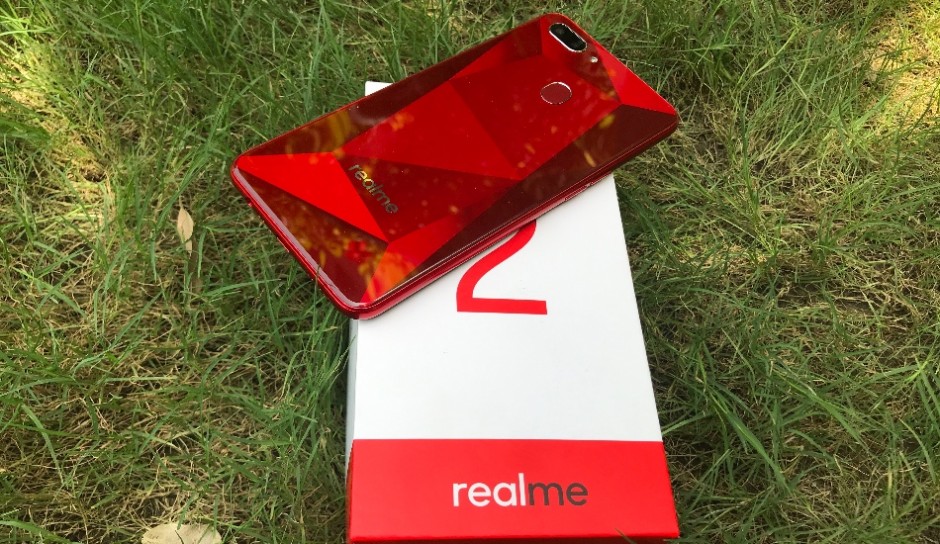
The Realme 2 is as much plastic as Oppo’s Realme 1. Yes, it’s a little more durable than glass but not scratch resistant. The frame is equally plastic and it’s interesting to see how Realme has worked toward giving it a curved design. The device is available in Diamond Red, Diamond Blue and Diamond Black and each of them is a head turner for sure.
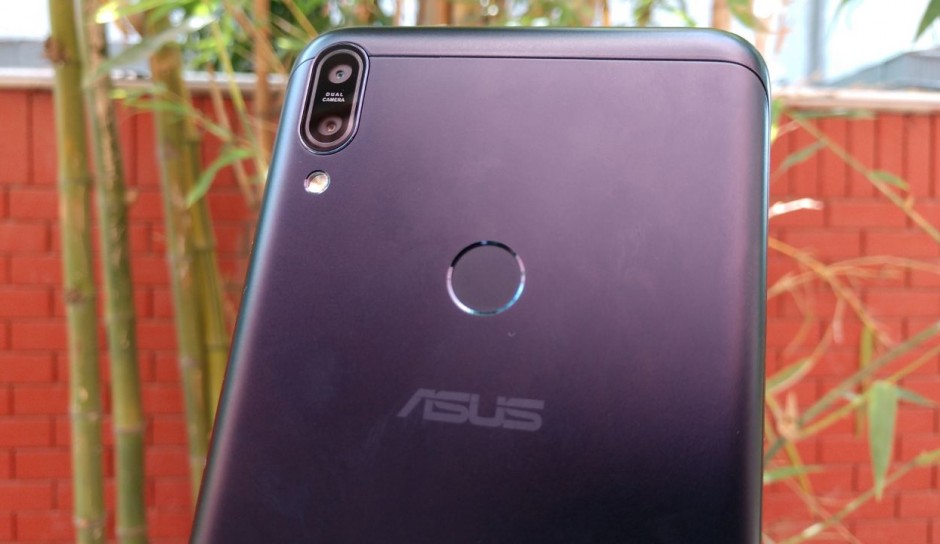
The Zenfone Max Pro M1 though designed like any other mid-range smartphone, features a metal unibody with 2.5D curved on the front. Looking at the phone from the back, we can easily distinguish the Asus phone from other metallic framed smartphone since the camera module is aligned vertically and sits flushed with no bump whatsoever. Though a little slippery, the smoother premium finish at the back more than makes up for it.
Winner: Zenfone M1 for no camera bump and metal design.
Display:
The Realme 2 comes with the so talked-about notched screen on the front which is a 6.2-inch IPS LCD display with an elongated aspect ratio of 19:9. The screen is bigger with fewer bezels on all sides and a tiny chin at the bottom which results in a larger 81.2 percent screen-to-body ratio. However, for such a price the device offers a lower resolution of 720 x 1,520 pixels, outputting a mere 271 ppi Pixel density.
The Zenfone Max Pro M1 packs in a smaller 5.99-inch display but with a higher FHD+ resolution of 2160 x 1080 pixels. The display is well lit with a brightness of 450 nits and a contrast ratio of 1500:1, scoring 85 percent on the NTSC colour gamut. With a thinner lip at the bottom and only some space left at the top for the camera and the earpiece, the device only manages to output 76.2 percent screen-to-body ratio due to the absence of a notch on top.
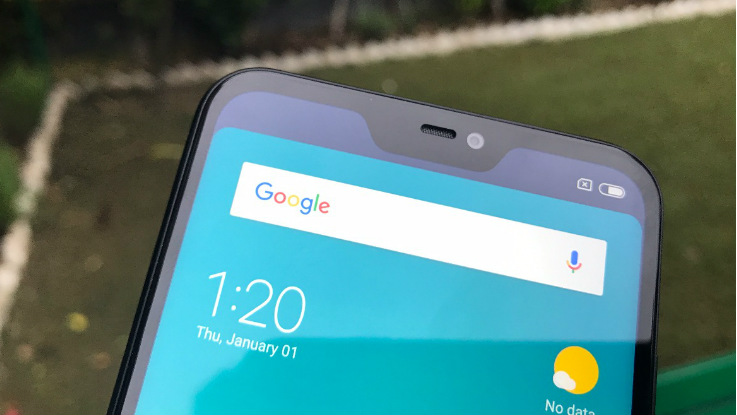
The Redmi 6 Pro comes with an even smaller 5.84-inch Full HD+ notched display with 1080 x 2280 resolution and a 19:9 aspect ratio. While there are some noticeable bezels on the edges, the notch at the top makes room for more screen space and this results in a 79.5 per cent screen-to-body ratio. The display is bright, colour reproduction is decent and so are the viewing angles.
Winner: Redmi 6 Pro, small but crisp.
Hardware:
Asus is powering its Zenfone M1 with a Snapdragon 636 chipset to present as rival to the Redmi Note 5 Pro by Xiaomi. However, the Redmi 6 Pro only uses a Snapdragon 625 which is not only a much older chipset but also less powerful and power efficient than the SND 636 chip. Both phones equip the same 3GB RAM and 32GB storage in their respective Rs 11,000 priced models. Day-to-day functions are managed smoothly on both devices but for gaming, it’s the Zenfone M1 which will perform a better job for an immersive experience.
The Realme 2 stands no chance with the other two since it’s powered by a lower-end Snapdragon 450 SoC which is a budget chipset compared to the other two mid-range processors. Even the bigger 4GB RAM and 64GB storage won’t help Realme’s case since a device needs a stronger processor to go with a larger memory.
Winner: Asus Zenfone Max M1, a beast at the price.
Software:
All three phones run on Android 8.1 Oreo. The Redmi 6 Pro runs on the heavily skinned MIUI 9.6 which might be useful for those who want to personalise their space. There’s a navigation gesture system which allows room for more screen space. The ColorOS 5.1 on the Realme 2 also offers the same navigation features with fast dace unlock, real-time transitions, split screen mode and a refined gallery layout.
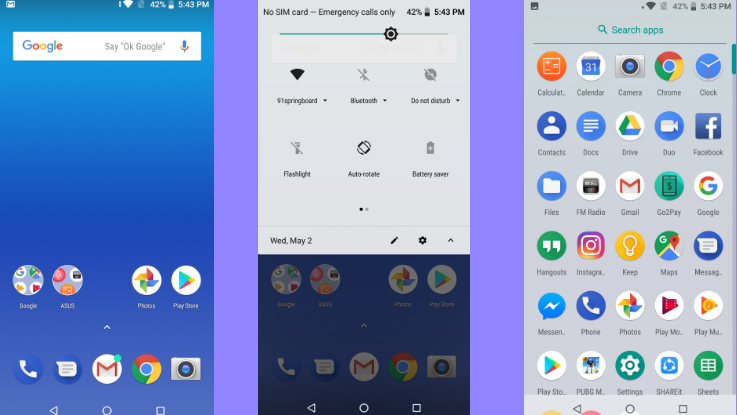
Leaving the other two to bite the dust is the near-to-stock Android experience on the ZenUI running Zenfone M1 which offers minimal bloatware and no heavy customisations. That in addition to a snappy Snapdragon 636 provides a smoother user interface that is easy to navigate.
Winner: Zenfone M1, for clearer, snappier and near-to-stock Android experience.
Camera:
Realme 2 for the first time employs a dual-camera setup at the back which comes in a combination of 13-megapixel (f/2.2 aperture) primary sensor coupled alongside a 2-megapixel shooter with f/2.4 aperture. For the front, you get an 8-megapixel shooter with f/2.2 aperture. Unlike its predecessor, the camera on the Realme 2 offers better details and good colour reproduction though low lighting pictures aren’t something you’d take home to.
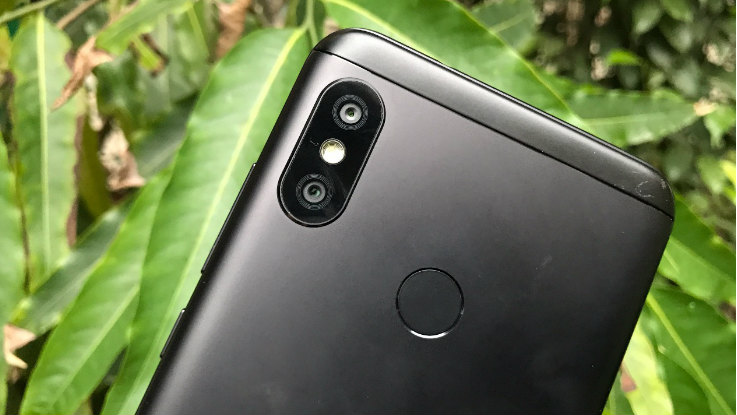
For optics, Xiaomi has employed a dual-camera setup on the Redmi 6 Pro which is a combination of a 12-megapixel Sony IMX486 (f/2.2 aperture, 1.25-micron pixel size) sensor and a 5-megapixel Samsung S5KE8 (f/2.2, 1.12 μm) depth sensor. The pictures came out pretty satisfactory under good lighting conditions with some rich details while we are yet to test its capabilities in low light and different lighting situations. There’s also a 5-megapixel front-facing shooter for selfies and video calling.
Asus’ formula for the camera modules on the Zenfone M1 is a combination of dual 13 MP (f/2.2, 1.12µm) + 5 MP (f/2.4, 1.12µm) lenses which offers phase detection autofocus, a 5 element lens, and a Wide-Angle 80-degree lens. The pictures captured on the device came out with definitive natural colours and details in good lighting. The bokeh effect works on most days but you can expect a drop in quality once a while or under low light conditions. There’s also an 85.5-degree wide angle 8-megapixel front snapper with an Aperture of /2.2 aperture.
Winner: Redmi 6 Pro for stills, Zenfone M1 for videography.
Battery:
All three of these phones come with large batteries but it’s the Redmi 6 Pro which takes a beating as having the smallest of the three with a 4,000mAh unit, with no Fast charging support. The Realme 2 in this department is fuelled by a larger 4,230mAh power unit but has a less power efficient chipset in the Snapdragon 450. Asus, even in this department, is miles ahead of its competition with a massive 5,000mAh power unit. The device is bundled with a 5V/2A 10-watt charging adapter that charges the phone in exactly two hours.
Winner: Zenfone M1
Verdict:
The newly launched Redmi 6 Pro is a solid budget phone that packs a slew of goodies including dual Sony sensors for a camera, a mid-range chipset, a crispy bezel-less display with a notch, solid metal design and a large battery to power it all. However, the Zenfone Max Pro M1 from Asus packs a bigger punch due to its much powerful and power efficient Snapdragon 636 chipset, a larger 5,000mAh battery, a similar design to Xiaomi but without a camera bump and stock-ish Android for a better user experience. On teh other hand, Realme needs to buck up.
| Redmi 6 Pro | Realme 2 | Asus Zenfone Max Pro M1 | |
| Processor | Snapdragon 625 | Snapdragon 450 | Snapdragon 636 |
| Display | 5.84-inch Full HD+, 1080 x 2280 pixels | 6.2-inch HD+, 720 x 1520 pixels | 5.99-inch Full HD+, 1080 x 2160 pixels |
| Memory | 3GB/4GB RAM, 32GB/64GB storage | 3GB/4GB RAM, 32GB/64GB storage | 3GB/4GB/6GB RAM, 32GB/64GB storage |
| Camera | 12MP(f/2.2, 1.25-micron pixel size) + 5MP(f/2.2, 1.12 μm) Rear, 5MP Front | 13MP rear (f/2.2, AF) + 2MP (f/2.4), depth sensor, 8MP front (f/2.2, 1.12µm) | 16 MP (f/2.0, PDAF) + 5 MP (f/2.4, 1.12µm, depth sensor), 16 MP front, 2160p@30fps, 1080p@30/60fps, HDR, panorama |
| Battery | 4,000mAh | 4230mAh | 5000 mAh |
| OS | Android 8.1 Oreo, MIUI 9.6 | Android 8.1 (Oreo), ColorOS 5.1 | Android 8.1 (Oreo) |
| Price | Rs 10,999, Rs 12,999 | Rs 8,990, Rs 10,990 | Rs 10,999, Rs 12,999, Rs 14,999 |

